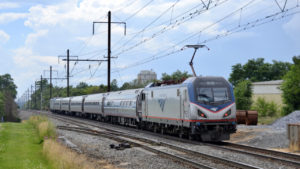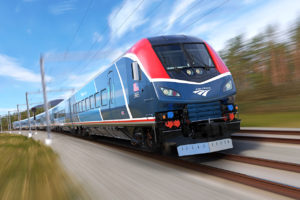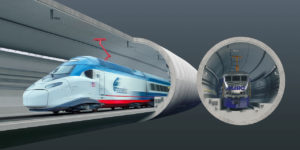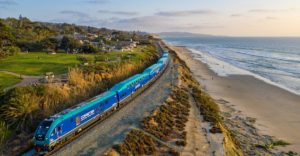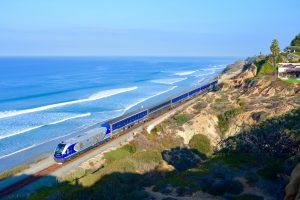MnDOT cuts Northern Lights Express cost projections
Written by Jenifer Nunez, assistant editorThe Minneapolis-Duluth/Superior Passenger Rail Alliance, in conjunction with Minnesota Department of Transportation (MdDOT) and Wisconsin Department of Transportation (WisDOT), has cut the Northern Lights Express high-speed passenger rail project (NLX) cost in half.
Details released for the proposed project include preliminary estimates of project implementation and operating costs, preliminary operating schedule, projected ridership and project benefits.
The NLX passenger rail service will operate on 152 miles of an existing BNSF rail corridor between Minneapolis and Duluth on a schedule of four round trips per day at speeds up to 90 miles per hour with an end-to-end travel time of approximately two and a half hours.
Projected ridership for the first year of operation, anticipated to be in 2020, is 700,000 to 750,000 trips and increasing up to one million trips in 2040. Current preliminary estimates put operating costs in the range of $17.5 million per year average for the first five years. Revenue from fares is expected to cover most of this cost.
The preliminary estimate of the total cost to implement NLX is between $500 million to $600 million. This includes stations, equipment and the necessary track improvements to ensure reliable, daily, high-speed intercity passenger rail service on this route while maintaining a high level of freight train performance. Previous cost estimates approached $1 billion dollars.
These preliminary project and operating cost estimates will be updated and a final benefit-cost analysis will be prepared upon completion of cost sharing discussions with BNSF. MnDOT is also proceeding with the completion of preliminary engineering, Tier II Environmental Assessment, Financial Plan and Implementation Plan. By early 2017, the NLX project will be shovel-ready, which means the project will be in position to move into final design and construction. Pending approval of federal funding, NLX service could begin as early as 2020.
The construction and operation of NLX will create jobs and result in economic, safety and quality of life benefits by strengthening the region’s intercity connections. NLX will foster economic growth by broadening the labor market and connecting workers to a wider network of employers; increasing investments and station-related development and enhancing local tourism.
The increased economic activity generated by NLX is expected to increase income, sales and property tax revenues to state and local governments in amounts greater than the anticipated operating subsidy.
More than $500 million will be realized over 40 years in benefits from safety, environmental sustainability, economic competitiveness and station area development.

